Reactive Programming and the RX (r)evolution

whoami
A Software Architect with over 25 years of experience.
CTO in Softphone and Cofounder of SoulSofware company.
an active contributor to the open source eco-system. https://github.com/bsorrentino
http://soulsoftware-bsc.blogspot.it/
https://twitter.com/bsorrentinoJ






briefly overview of
The Reactive Manifesto
Published in 2014 the Reactive manifesto refers to Reactive System as system that are more flexible, loosely-coupled and scalable.
Such system must be:
- Responsive
- Resilient
- Elastic
- Message Driven
Reactive Manifesto - Reactive System

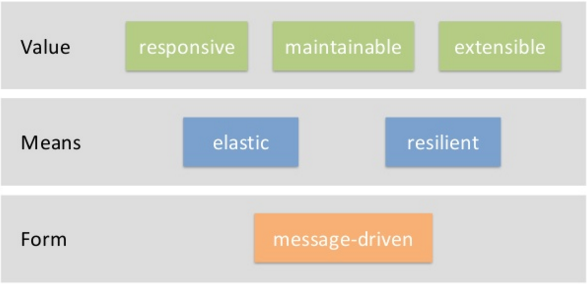
The Reactive Manifesto introduces a
"tech. agnostic shared vocabulary"
that will help us to better understand the concepts that we will meet during our knowledge acquisition path:
The main terms are:
- Asynchronous
- Non-Blocking
- Back-Pressure
- Delegate Errors
Reactive Manifesto Vocabulary
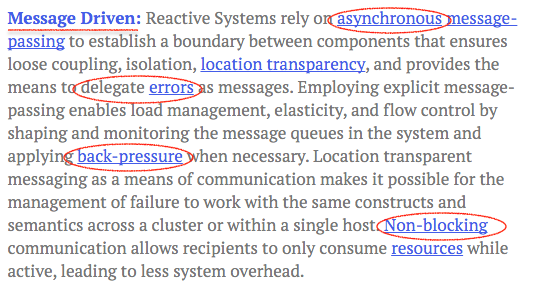
Why
Reactive Programming
to handle which need
To build Applications that:
-
React to event => event driven
-
React to load => Scalable
-
React to failure => Resilient
-
React to user => Responsive
so ... how to achieve this ?

Let's do it
ASYNCHRONOUS
but avoiding as much as possible to deal with threads (if any) .
Async != multi threads
Async == never block

use threads
-
Code that is non-deterministic
-
Share mutable-states imply heavily use on synchronisation stuff
-
The greater part of Application's threads are in waiting state
-
Threads limit vertical scalability
drawbacks
Reactive is never block
-
Never sit on resources you don’t use
-
Use non-blocking IO
-
Use lock-free concurrency
-
...unless you really have to
-
Blocking kills scalability (& performance)


Design a Reactive App
- Use asynchronous event/message passing
- Think in workflow, how the events flow in the system
and gets ....
- lower latency
- better throughput
- a more loosely coupled architecture, easier to extend, evolve & maintain
...... BLA, BLA, BLA ..........
from developer perspective
-
Deal with "functional programming" approach
-
Deal with "immutable state" concept
-
Deal with "asynchronous workflow"

programming
PARADIGM !!!
yet
Another
But
Don't worry
Reactive Programming promises to be fun in developing and provides
an awesome way to write ultra-responsive code, orchestrating a bunch of diverse asynchronous operations into one beautiful, declarative and concise set of instructions.

searchResultsUpdatingSubject
.filter( { (filter:String) -> Bool in
return filter.characters.count > 2
})
.distinctUntilChanged()
.debounce(debounce, scheduler: MainScheduler.instance)
.flatMap( { (filterString) -> Observable<NSData> in
return slideshareSearch( apiKey: credentials["apiKey"],
sharedSecret: credentials["sharedSecret"],
what: filterString )
})
.flatMap({ (data:NSData) -> Observable<Slideshow> in
self.filteredDataItems.removeAll()
let slidehareItemsParser = SlideshareItemsParser()
return slidehareItemsParser.rx_parse(data)
})
.filter({ (slide:Slideshow) -> Bool in
if let format = slide["format"] {
return format.lowercaseString=="pdf";
}
return true
})
.observeOn(MainScheduler.instance)
.subscribe({ e in
if let slide = e.element {
self.filteredDataItems.append(slide)
let title = slide["title"]
self.collectionView?.reloadData()
}
}).addDisposableTo(disposeBag)
When
Reactive Programming
When and how It could help you
Client Side
To Be Reactive ... never block
- Single Page Application (Angular, React, ...)
- Mobile Application (Android, IOS)
-
Desktop Application (WPF,SWING,...)
More in general in every User Interaction based Application
Server Side
Achieve Seamlessly Vertical & Horizontal Scalability
-
Non-blocking I/O
- WebSocket, Messaging, Notification, Streaming
- Java Backend using Servlet 3.1
- NodeJS BackEnd
- Complex Systems' Integration Scenarios (REST,JMS,SOAP,...)
I’ve heard a good argument about when to use reactive programming to develop solutions
They say ...
under a certain level of complexity in the code, reactive makes it even more complex, but after a point, it makes complex code simpler.

Path toward RFP
start to Develop:
1) Fluently
(use Builder Pattern)
2) Fluently + Functional
(use and abuse of lamdba)
3) Fluently + Functional + Asynchronous
(use MessageLoop and Scheduler)
Reactive Programming
Key Concepts

Adopt Reactive Programming means developing using asynchronous data stream
The closer concept to asynchronous data stream is
"Iterate on collection over time"
But, since we have deal with time dimension, in Reactive Programming instead of "Iterate over data" we have to "Observe for event"
The effectiveness of Reactive Programming depends by ability to create streams of anything: variables, user inputs, properties, caches, data structures, network & system events, etc.
Design Patterns
Here the famous design patterns that everyone known .
but not always everyone apply
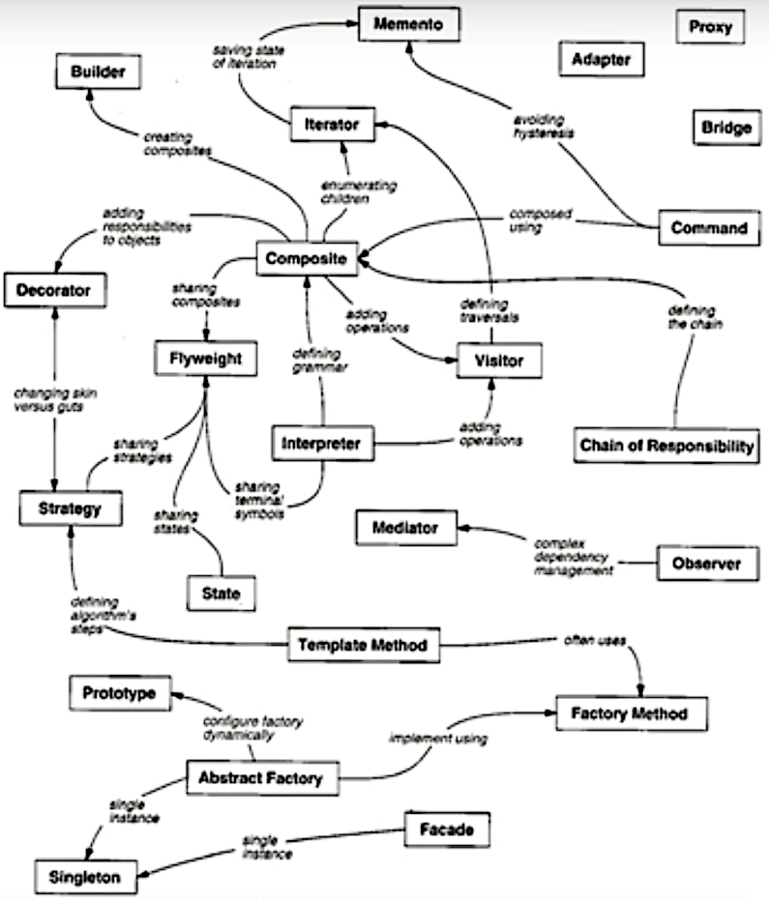
Reactive Distillate
Design Patterns
Here the only patterns need to be reactive:
Iterator:
To iterate over data in one way
Observer:
To handle and process data
Builder:
To achieve fluently and expressive code
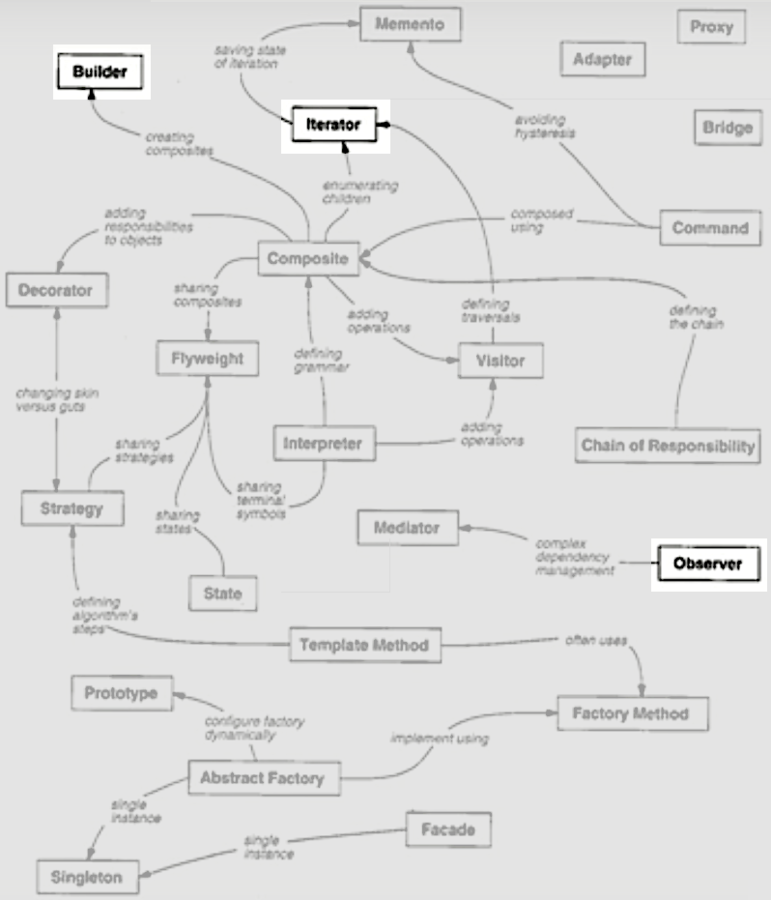
Reactive Programming is an improved alternative to the Observer Pattern that's designed to deal with events as a stream of values over time rather than as a series of unique responses to discrete changes in state.
This helps to deal with complex logic behind the event handling code with no loss of expressiveness.
It is useful anywhere the Observer pattern is common, including user interfaces, video games, networking, and industrial applications.
| Iterable | Observable |
|---|---|
| Pull | Push |
| T next() | onNext(T) |
| Throws E | OnError(E) |
| return | onCompleted() |
I have a Stream
Observable Async. Data Stream

The Marble Diagram
A great way to represent stream processing

From Sequence to Marble Diagrams
Operators


The Core of the RX that enable stream processing through function composition
You have to know how properly applying them to achieve the powerful of RX
Operators By Categories
- Creating — Operators that originate new Observables.
-
Transforming — Operators that transform items that are emitted by an Observable.
-
Filtering — Operators that selectively emit items from a source Observable.
-
Combining — Operators that work with multiple source Observables to create a single Observable
-
Error Handling — Operators that help to recover from error notifications from an Observable
-
Observable Utility — A toolbox of useful Operators for working with Observables
- Conditional and Boolean — Operators that evaluate one or more Observables or items emitted
- Mathematical and Aggregate — Operators that operate on the entire sequence of items emitted by an Observable
- Backpressure — Strategies for coping with Observables that produce items more rapidly than their observers consume them
- Connectable — Specialty Observables that have more precisely-controlled subscription dynamics
-
Convert — Convert Observables into another objects or data structures
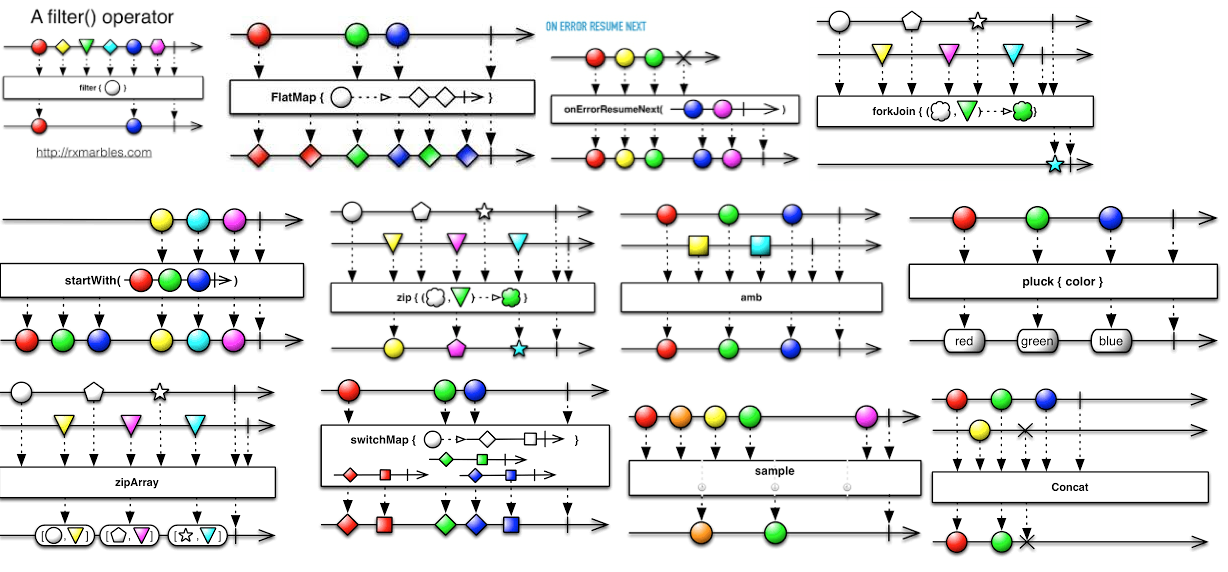
Operators' Land

HOT
vs
COLD

OBSERVABLE


How to develop using Reactive Programming?
The Reactive Extension
RX
RX: where is supported it

Most programmers exposes programming using term like: "triggering", "updating", "dispatching", "firing" methods and procedures.
Those are idioms and techniques opposite to reactive programming, where instead we try to declare what is "triggered by" or "updated by". (from message to event)
The biggest challenge is simply to go through the mental revolution from "A changes B" to "B is changed by A". After that, the smaller challenges are learning Rx operators, where they apply, and common techniques. >>
Mind Change & Challenges
LET'S CODE


